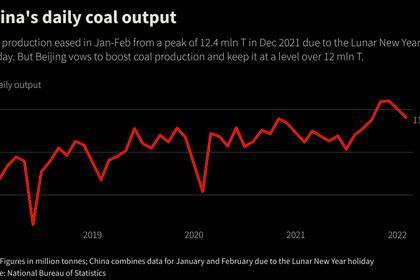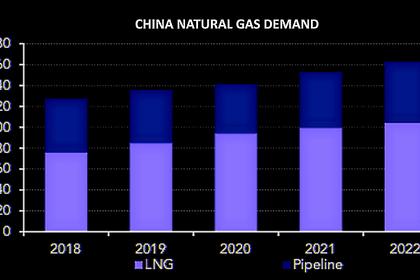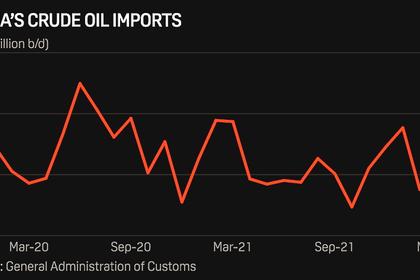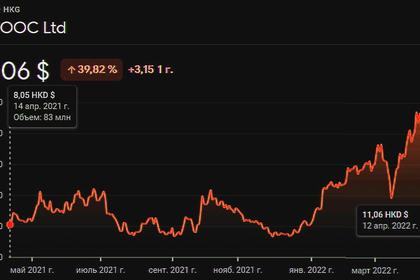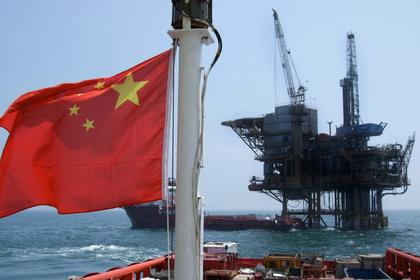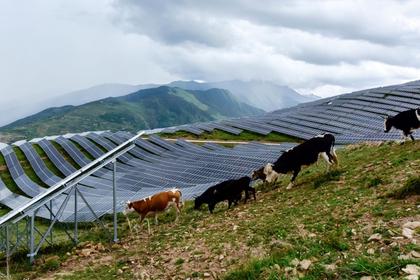
CHINA REFINING RECORDS
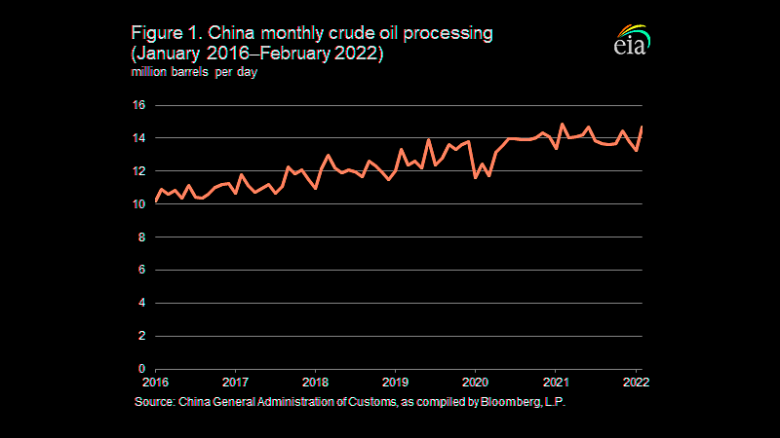
U.S. EIA - April 20, 2022 - To meet rising domestic consumption of petroleum products, China processed record amounts of crude oil in 2021, processing especially high levels in the first half of the year. In the second half of the year, however, China processed less crude oil and began exporting significantly less gasoline and diesel than in the first half of the year to ensure sufficient domestic supply while crude oil prices were high. Although we forecast that China will consume more petroleum in 2022 than in 2021, recent COVID-19 outbreaks have introduced uncertainty, which we reflected by lowering our forecast for China’s petroleum consumption in our April 2022 Short-Term Energy Outlook (STEO).
According to China’s National Bureau of Statistics, China processed a record 14.01 million barrels per day (b/d) of crude oil in 2021, a 4.6% increase from 2020 (Figure 1). In January and February 2022, crude oil processing remained near 2021 levels, averaging 13.93 million b/d. Since 2020, refinery and petrochemical capacity has expanded in China. In November 2020, the Zhejiang Petrochemical Company (ZPC) began runs from the first 200,000 b/d crude oil distillation unit in its 400,000 b/d Phase 2 project, and in March 2021, ZPC added the second 200,000 b/d to the project. In addition, Sinopec, China’s largest state-owned refiner, expanded its Zhenhai refinery’s capacity by 80,000 b/d in 2021 and its Luoyang refinery’s capacity by 40,000 b/d in early 2022. Shenghong Petrochemical’s 320,000 b/d refinery in Lianyungang has been delayed, but it is scheduled to be fully operational in May 2022.
Crude oil processing in China was particularly strong in the first half of 2021, averaging 14.19 million b/d, in response to high demand both domestically and elsewhere in Asia. Despite more refinery capacity, crude oil processing decreased to an average of 13.84 million b/d in the second half of 2021. This decrease occurred for several reasons. Beginning in August 2021, several COVID-19 outbreaks in China led to mobility restrictions and likely reduced domestic demand for petroleum products. In addition, China’s refiners had exhausted their petroleum product export quotas in the first half of the year and were not granted a second batch of export quotas until August. China’s export quotas for petroleum products were relatively low in the second half of the year as a result of a new consumption tax policy announced in June 2021. The new policy closed a loophole that enabled cheaper light-cycle oil and mixed aromatics to be imported and blended into transportation fuels. Because the second batch of export quotas were relatively low, China processed less crude oil for petroleum product exports for the entire second half of the year.
China’s exports of diesel, which remained near five-year (2016–2020) highs from January through June 2021, averaging 0.52 million b/d over those months, decreased in the second half of the year, averaging only 0.16 million b/d from July through December (Figure 2). China’s gasoline exports also decreased from the beginning of the year, although they remained mostly within the bottom end of their previous five-year range. Low petroleum product exports have continued into 2022 as China’s first batch of export quotas were 56% lower than its first batch in 2021. Because of these quotas, China exported its least amount of diesel in February 2022 since February 2015.
Although crude oil processing in China during January and February 2022 averaged close to its overall 2021 average, it was down from the first half of 2021. Recent economic and market indicators suggest refining activity may have decreased in March and April. One reason for the reduced production is that high crude oil and other commodity prices may be affecting China’s import costs and could be limiting economic growth. Second, mobility restrictions have reduced demand for petroleum products. In the first two months of 2022, emissions restrictions for the Winter Olympics limited consumption of transportation fuels. More recently, COVID-19 travel restrictions that began in March in the Jilin province, the major industrial city of Shenzhen, Shanghai, and other parts of China have been limiting transportation fuel consumption and raising uncertainty for petroleum demand moving forward. Aside from these economic and demand indicators, ship tracking data from ClipperData show March waterborne crude oil imports averaged 8.9 million b/d, 1.4 million b/d less than in 2021 and similar to March 2020 levels. Such a reduction in crude oil imports suggests that refining activity may be slowing.
Recent COVID-19 outbreaks in China have affected economic indicators that may suggest less petroleum demand in 2022. For example, forecasts for China's 2022 GDP have been revised downward, and China recorded its lowest manufacturing Purchasing Manager’s Index (PMI) in 25 months in March. As a result, we have revised down our forecast of China’s petroleum consumption in 2022, particularly for the second quarter. In our April STEO, we reduced our 2022 second-quarter forecast for China’s petroleum consumption to 15.74 million b/d from 15.86 million b/d in our March STEO and 15.95 million b/d in our January STEO (Figure 3). We also reduced our forecast for China’s petroleum consumption for all remaining quarters in the forecast. For 2022, we forecast China’s petroleum consumption will average 15.65 million b/d for 2022, down from 15.73 million b/d in our March STEO and 15.84 million b/d in our January STEO. For 2023, we forecast China’s petroleum consumption is at 16.17 million b/d, down from 16.23 million b/d in March and 16.27 million b/d in January.
-----
Earlier:
